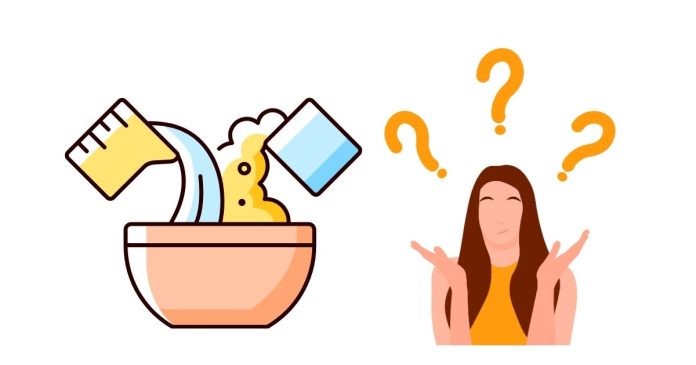To understand how to make orange in more detail, we can explore the color theory and the process of mixing pigments or light.
Primary Colors and Color Mixing
Color mixing can be broken down into two categories: subtractive and additive.
- Subtractive color mixing refers to mixing pigments (used in art, painting, etc.). This is what happens when you mix paints, dyes, or other materials.
- Additive color mixing happens with light (like computer screens or stage lighting).
Since you’re asking about mixing to make orange in the context of pigment (such as with paint), let’s focus on subtractive color mixing.
In subtractive color mixing, the primary colors are:
- Red
- Yellow
- Blue
These are called primary because they cannot be made by mixing other colors together.
Creating Orange
To create orange, you need to mix the two primary colors that are adjacent to each other on the color wheel:
- Red and Yellow.
The Role of Red and Yellow:
- Red is a warm, primary color that has a strong, deep hue.
- Yellow is also a warm, primary color but it is lighter and has a more subtle, vibrant quality.
When mixed together, the two combine to form orange, which is another warm color.
Proportions of Red and Yellow:
The exact shade of orange depends on how much red or yellow you use:
- More red will create a darker or deeper orange (sometimes referred to as “rust” or “burnt orange”).
- More yellow will create a lighter or yellower orange, often called “golden orange” or “yellow-orange”.
Examples of Proportions:
- Equal parts of red and yellow: A pure, balanced orange (often called “true orange”).
- More red than yellow: A redder orange, sometimes called “vermilion” or “brick red”.
- More yellow than red: A yellower orange, which might look like “yellow-orange” or “golden yellow”.
Understanding the Color Wheel
- The color wheel is a visual representation of color relationships.
- Red and Yellow are adjacent to each other, and their mixture produces Orange, which is the secondary color formed by these primary ones.
Other Factors in Color Mixing
- Pigment quality: Depending on the quality of the pigments (such as oil paints, watercolors, or acrylics), the mixing process might yield different tones. Some pigments have different “temperatures” (warm vs. cool versions of red or yellow).
- Opacity and transparency: The way the pigments interact in terms of transparency can also affect the final orange color. More transparent pigments may create a more muted or softer orange.
Additive Color Mixing (Light)
In additive color mixing (like light), orange can still be made by mixing red and green (a combination of red light and yellow-green light can produce orange). However, for pigment-based mixing (paint or ink), red and yellow remain the essential ingredients for making orange.
Conclusion:
To create orange through subtractive color mixing (painting or pigment-based):
- Mix red and yellow.
- Adjust the ratio of red and yellow to achieve the desired shade of orange. More red gives a darker, richer orange, while more yellow gives a lighter, golden tone.
This process works for art materials such as paints, inks, and dyes!



